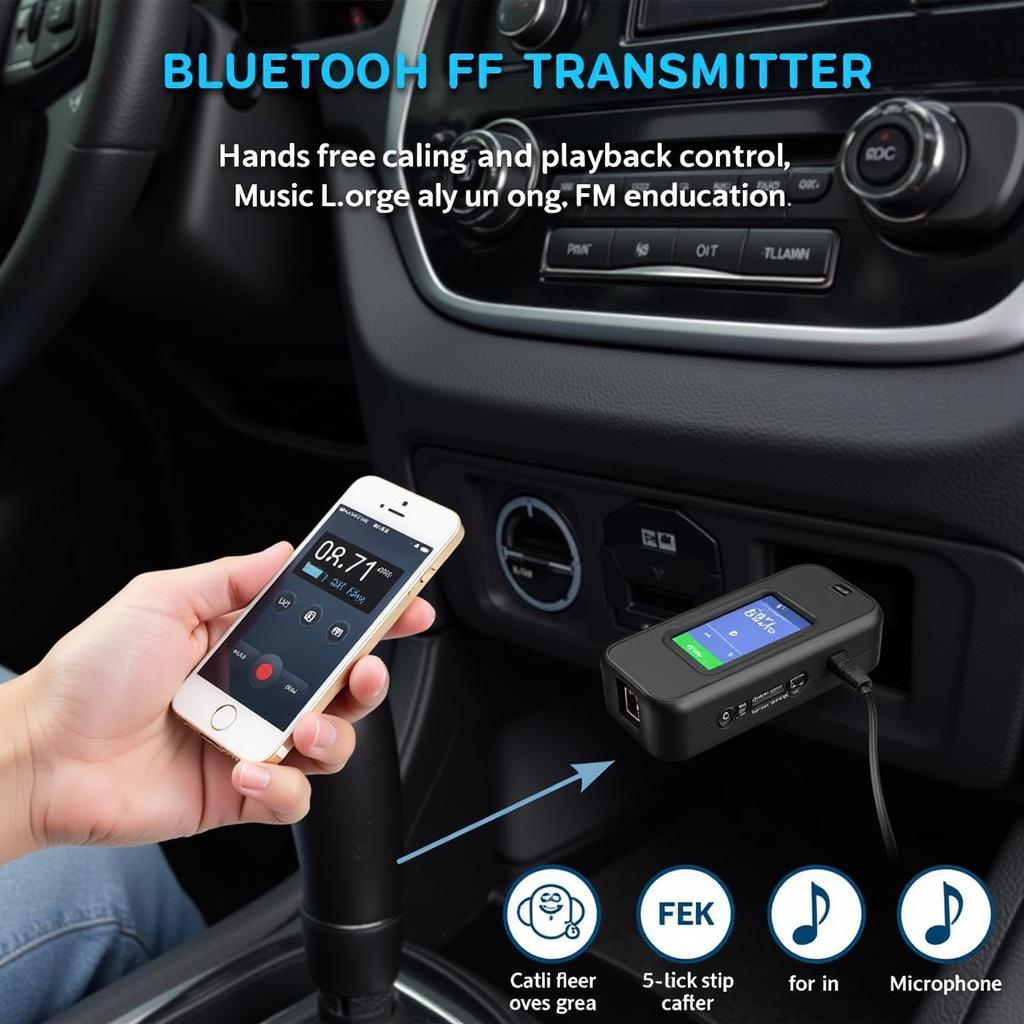A car battery not completely dead can be a confusing situation. Your car might click, the lights might flicker, or the radio might work, but the engine won’t turn over. This article dives deep into the reasons why your car battery might be experiencing this issue, providing troubleshooting steps and solutions to get you back on the road. After reading this, you’ll be better equipped to handle this frustrating situation.
Why is My Car Battery Not Completely Dead but Not Starting?
There are several reasons why your car battery might exhibit these symptoms. It’s crucial to understand that even a partially discharged battery can prevent your car from starting. A fully charged battery should read around 12.6 volts. If it’s significantly lower, even if it’s not completely zero, it might not have enough power to crank the engine. Other potential culprits include a bad alternator, corroded battery terminals, a parasitic drain, or even a failing starter motor. If you’ve recently experienced a new car battery completely drained situation, the root cause might not have been addressed.
Common Causes of a Partially Discharged Battery
- Parasitic Drain: Electronic devices in your car can draw power even when the ignition is off, slowly draining the battery. This can be anything from a faulty interior light to a malfunctioning radio.
- Failing Alternator: The alternator recharges the battery while the engine is running. If it’s not working correctly, the battery won’t receive a charge and will eventually become depleted. Will a bad alternator kill a battery? Absolutely. A faulty alternator is a leading cause of battery problems.
- Corroded Terminals: Corrosion on the battery terminals can impede the flow of electricity, preventing the battery from delivering sufficient power to the starter.
- Extreme Temperatures: Both extreme heat and cold can affect a battery’s performance.
- Old Age: Batteries have a limited lifespan and will eventually need to be replaced.
How to Troubleshoot a Car Battery Not Completely Dead
Before you call for a dead battery replacement service, there are a few steps you can take to troubleshoot the issue yourself.
- Check the Voltage: Use a multimeter to check the battery voltage. A reading below 12.2 volts indicates a discharged battery.
- Inspect the Terminals: Look for corrosion on the battery terminals. Clean them with a wire brush and a mixture of baking soda and water if necessary.
- Test the Alternator: With the engine running, the voltage should read between 13.5 and 14.5 volts. If it’s lower, the alternator may be faulty.
- Check for Parasitic Drain: Check car battery for parasitic drain by using a multimeter to measure the current draw with the ignition off.
What if my car battery is down and the car is not starting?
If you’ve tried the above steps and your car still won’t start, it’s time to seek professional help. A mechanic can diagnose the problem accurately and determine whether you need a new battery, a new alternator, or if another issue is at play. You can also check out this article about a battery down car not starting for further assistance.
Expert Insights
“A common misconception is that a car battery needs to be completely dead to cause problems. Even a slightly discharged battery can create starting issues, especially in cold weather,” says John Smith, Automotive Electrical Engineer at Smith Automotive Solutions. “Regular battery maintenance, including cleaning the terminals and checking the voltage, can help prevent these issues.”
“Don’t underestimate the impact of a parasitic drain,” adds Jane Doe, Lead Technician at Doe’s Auto Repair. “A seemingly small drain can significantly deplete your battery over time, leading to a car battery not completely dead scenario.”
Conclusion
A car battery not completely dead can be a frustrating experience, but by understanding the potential causes and following the troubleshooting steps outlined above, you can effectively address the issue and get back on the road. Remember, regular maintenance is key to preventing future battery problems. Don’t wait until your car won’t start to take care of your battery.
FAQ
-
Can a car battery not completely dead still cause starting problems? Yes, even a partially discharged battery may not have enough power to crank the engine.
-
How can I tell if my alternator is bad? Test the voltage with the engine running. A reading below 13.5 volts suggests a problem with the alternator.
-
What is a parasitic drain? A parasitic drain is the slow discharge of a battery caused by electrical devices drawing power even when the car is off.
-
How often should I check my car battery? It’s a good idea to check your battery voltage every few months, especially during extreme temperatures.
-
How long do car batteries typically last? Car batteries typically last between 3 and 5 years.
-
Can I jump-start a car with a partially discharged battery? Yes, jump-starting can often get your car started if the battery is the issue.
-
What should I do if I’ve tried everything and my car still won’t start? If you’ve exhausted all troubleshooting options, it’s best to consult a qualified mechanic.

